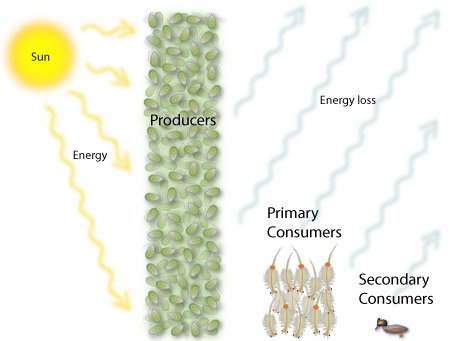References
Abatzopoulos, Th. J., Beardmore, J. A., Clegg, J. S. and Sorgeloos, P. (Eds.). (2002). Artemia basic & applied biology. Dordrecht: Kluwer Academic Publishers.
Gwynn, J. W. (Ed.) (2002). Great Salt Lake, an Overview of Change: A Special Publication of the Utah Department of Natural Resources. Salt Lake City: Department of Natural Resources.
Heath, H. (1924). The external development of certain phyllopods. Journal of Morphology, 38(4), 453-483.
Lavens, P. and Sorgeloos, P. (Eds.). (1996). Manual on the production and use of live food for aquaculture (FAO Fisheries technical paper No. 361). Rome: FAO.
Paul, D. S., and Manning, A. E. (2008). Great Salt Lake Waterbird Survey Five Year Report, 1997-2001 [CD-ROM]. Utah Division of Wildlife Resources.
United States Geological Survey, Utah Water Science Center. Birds and Great Salt Lake. Accessed 7/27/2009. http://ut.water.usgs.gov/greatsaltlake/birds/
United States Geological Survey, Utah Water Science Center. Great Salt Lake--Planktonic and Benthic Habitats. Accessed 7/27/2009. http://ut.water.usgs.gov/greatsaltlake/plankton/
Simeone, M. (2000). San Francisco State University Department of Geography. The Biogeography of Mono Lake alkali fly (Ephydra hians). Accessed 7/27/2009.
Harley, S. Weber State University Department of Botany. Antelope Island Field Trip: Life in the Great Salt Lake. Accessed 7/27/2009. http://faculty.weber.edu/sharley/AIFT/GSL-Life.htm
